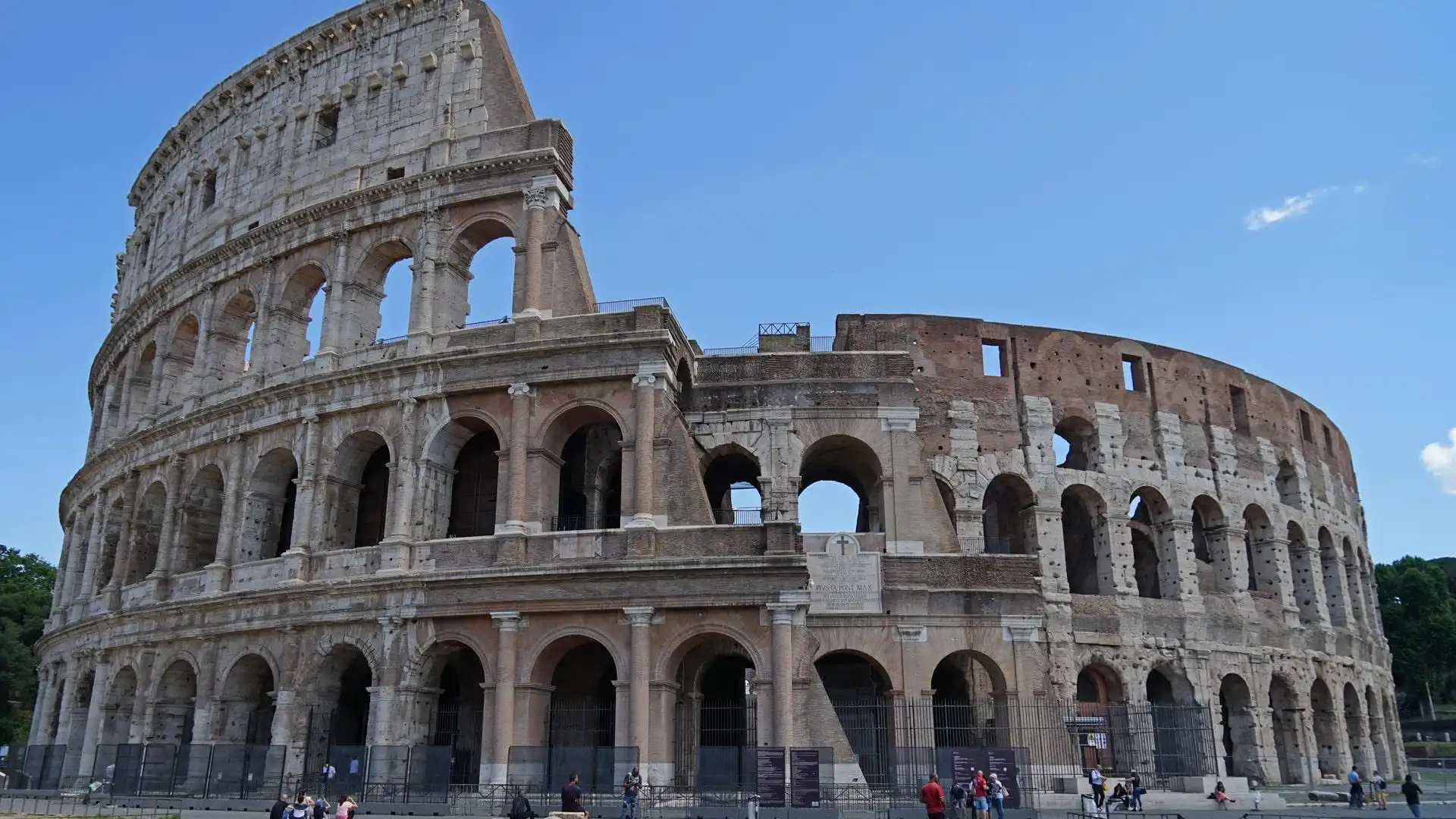The research begins by examining the significance of cultural heritage in the Canadian context. It explores the rich history, diverse cultural traditions, and architectural heritage that contribute to the country’s identity.
Welcome to Lasting Oak’s article on the role of cultural heritage in design and architecture in Canada.
In this article, we will explore the importance of preserving historic structures while meeting the modernization needs of construction projects. We will delve into the challenges faced by architects and designers in balancing the preservation of cultural heritage with contemporary design elements.
Stay tuned to discover how Lasting Oak’s commitment to incorporating cultural heritage in construction projects can lead to timeless, sustainable, and innovative designs
What are the cultural heritage preservation laws and guidelines in Canada, and how do they affect the design and architecture of construction projects? (e.g. Canadian Register of Historic Places, Standards and Guidelines for the Conservation of Historic Places in Canada)
![]()
There are several laws and guidelines related to cultural heritage preservation in Canada that architects and designers must consider when designing and constructing new projects.
The Canadian Register of Historic Places is one such resource that provides information about designated historic sites and structures across the country. Additionally, the Standards and Guidelines for the Conservation of Historic Places in Canada offer guidance on how to approach the conservation, restoration, and rehabilitation of heritage buildings and sites.
These guidelines are based on internationally recognized principles and help to balance the need for preservation with the realities of modernization and development. Other relevant laws and guidelines include the Heritage Conservation Act, the Canadian Heritage Information Network, and various provincial and territorial heritage acts and regulations.
here are a few examples of rules and guidelines related to cultural heritage preservation in Canada:
The Canadian Register of Historic Places: This is the official federal list of historic sites, buildings, and structures that are recognized for their national significance. It provides information on the history, significance, and architectural features of each site, and is a valuable resource for architects and designers looking to incorporate historic elements into their designs.
Standards and Guidelines for the Conservation of Historic Places in Canada: These guidelines provide detailed information on how to conserve historic places while also ensuring they are safe and accessible to the public. They cover topics such as heritage values, building materials, and conservation treatments, and are widely used by architects and designers to ensure their projects are in compliance with heritage preservation laws.
The Heritage Conservation Districts Program: This program is designed to preserve the character and integrity of historic neighborhoods and districts in Canadian cities. It provides guidelines for new construction and renovation within these areas, and helps ensure that new development is compatible with the existing built environment.
The National Trust for Canada: This organization works to promote and protect Canada’s heritage buildings and sites. They provide resources and support to architects, designers, and property owners looking to preserve and maintain historic buildings and structures.
These are just a few examples of the rules and guidelines related to cultural heritage preservation in Canada. Architects and designers must be aware of these regulations and guidelines and incorporate them into their designs to balance preservation of historic structures with the need for modernization.
These laws affect architectural design and engineering in Canada by requiring architects and engineers to consider the cultural heritage value of a site or building when designing and planning new construction projects.
They must also take into account any necessary preservation and conservation measures to ensure the protection of historic structures or sites. This may involve incorporating historic elements or features into new designs, using compatible materials and construction methods, or adapting existing structures for new uses while maintaining their historical integrity.
These considerations can add complexity and cost to the design and engineering process, but they are essential for preserving Canada’s cultural heritage for future generations.
How do architects and designers assess the heritage significance of a building or site, and what criteria do they use to balance preservation with modernization? (e.g. The Burra Charter: The Australia ICOMOS Charter for Places of Cultural Significance, The Venice Charter)

Architects and designers typically assess the heritage significance of a building or site by examining its historical, cultural, and social value. They may also consider its aesthetic and architectural value, as well as its potential for adaptive reuse. Criteria for balancing preservation with modernization can vary, but they generally involve a consideration of the site’s significance, the degree of alteration required for modernization, and the impact of those alterations on the site’s heritage value.
The Burra Charter and The Venice Charter are two international charters that provide guidance on the conservation and management of cultural heritage sites, including principles for balancing preservation and modernization. The Burra Charter is specifically used in Australia, while The Venice Charter is more widely recognized internationally.
Architects and designers typically conduct a thorough analysis of the historic building or site to assess its cultural heritage significance. This involves researching the history and context of the building, identifying any architectural or design features that contribute to its significance, and evaluating its cultural value to the community.
They may also consult with heritage experts, historians, and other specialists to gather additional information and insights. Based on this assessment, architects and designers can then develop a strategy for balancing the preservation of the building’s cultural heritage with the need for modernization, taking into account factors such as functionality, accessibility, and sustainability.
There are several checklists and criteria that architects and designers can use to assess the heritage significance of a building or site. One such example is the Burra Charter, which outlines the following principles for cultural heritage management:
Understanding and conserving significance
Managing change
Integrated conservation
Standards and guidelines for conservation practice
Community involvement and education
Architects and designers can also refer to The Venice Charter, which outlines principles for the conservation and restoration of monuments and sites. These principles include respecting the original design, materials, and purpose of the site, and avoiding the creation of new features that do not harmonize with the original design.
Venice Charter :
The Venice Charter is a document that outlines international principles for the conservation and restoration of historic buildings and sites. It was adopted at an international conference organized by the International Council on Monuments and Sites (ICOMOS) in Venice, Italy in 1964.
The charter emphasizes the importance of respecting the authenticity and integrity of historic buildings and sites, as well as the need to balance preservation with necessary alterations to accommodate modern uses. It also highlights the role of scientific research in guiding conservation decisions and the importance of involving local communities in the process.
The Venice Charter has been influential in shaping the approach to heritage conservation around the world, and has been adopted by numerous national and international organizations. By emphasizing the importance of careful analysis and evaluation of historic structures and sites, the charter helps ensure that they are preserved for future generations.
Whatare some examples of successful heritage preservation and modernization projects in Canada, and how did architects and designers navigate the challenges and opportunities in these projects? (e.g. Fort York National Historic Site Visitor Centre, Union Station Revitalization, Ottawa Art Gallery Expansion and Arts Court Redevelopment)
There are many successful examples of heritage preservation and modernization projects in Canada. Here are a few examples and how architects and designers navigated the challenges and opportunities:
Fort York National Historic Site Visitor Centre: The Fort York Visitor Centre is an example of how modern design can enhance a historic site without overshadowing it. The center is a modern glass building that complements the historic fort, and it houses exhibitions and displays about the site’s history.
Union Station Revitalization: Union Station is a historic landmark in Toronto that was in need of major renovations. Architects and designers worked to preserve the historic elements of the station while also modernizing it for current and future needs. The result is a beautifully restored and functional transit hub.
Ottawa Art Gallery Expansion and Arts Court Redevelopment: This project involved the expansion of the Ottawa Art Gallery and the redevelopment of the Arts Court complex. Architects and designers worked to preserve the historic elements of the Arts Court building while creating a modern space for the gallery. The project also included the integration of a new public plaza.
These projects demonstrate that heritage preservation and modernization can be successfully balanced through thoughtful design and a deep understanding of the site’s history and significance.
References:
Canadian Register of Historic Places. (n.d.). Retrieved from https://www.historicplaces.ca/en/
Parks Canada. (2010). Standards and Guidelines for the Conservation of Historic Places in Canada. Retrieved from https://www.pc.gc.ca/en/culture/clmhc-hsmbc/pat-her/patrimoine-heritage/normes-standards
ICOMOS Canada. (2019). The Burra Charter: The Australia ICOMOS Charter for Places of Cultural Significance. Retrieved from https://canada.icomos.org/en/the-burra-charter/
International Council on Monuments and Sites. (1964). The Venice Charter. Retrieved from https://www.icomos.org/en/charters-and-texts/179-articles-en-francais/ressources/charters-and-standards/187-the-venice-charter-1964
City of Toronto. (2017). Fort York National Historic Site Visitor Center. Retrieved from https://www.toronto.ca/city-government/planning-development/heritage-conservation/heritage-properties-districts/fort-york-national-historic-site-visitor-centre/
Union Station Revitalization. (n.d.). Retrieved from https://www.infrastructureontario.ca/Union-Station-Revitalization/
Ottawa Art Gallery Expansion and Arts Court Redevelopment. (n.d.). Retrieved from https://www.oag.ca.gov/expansion
